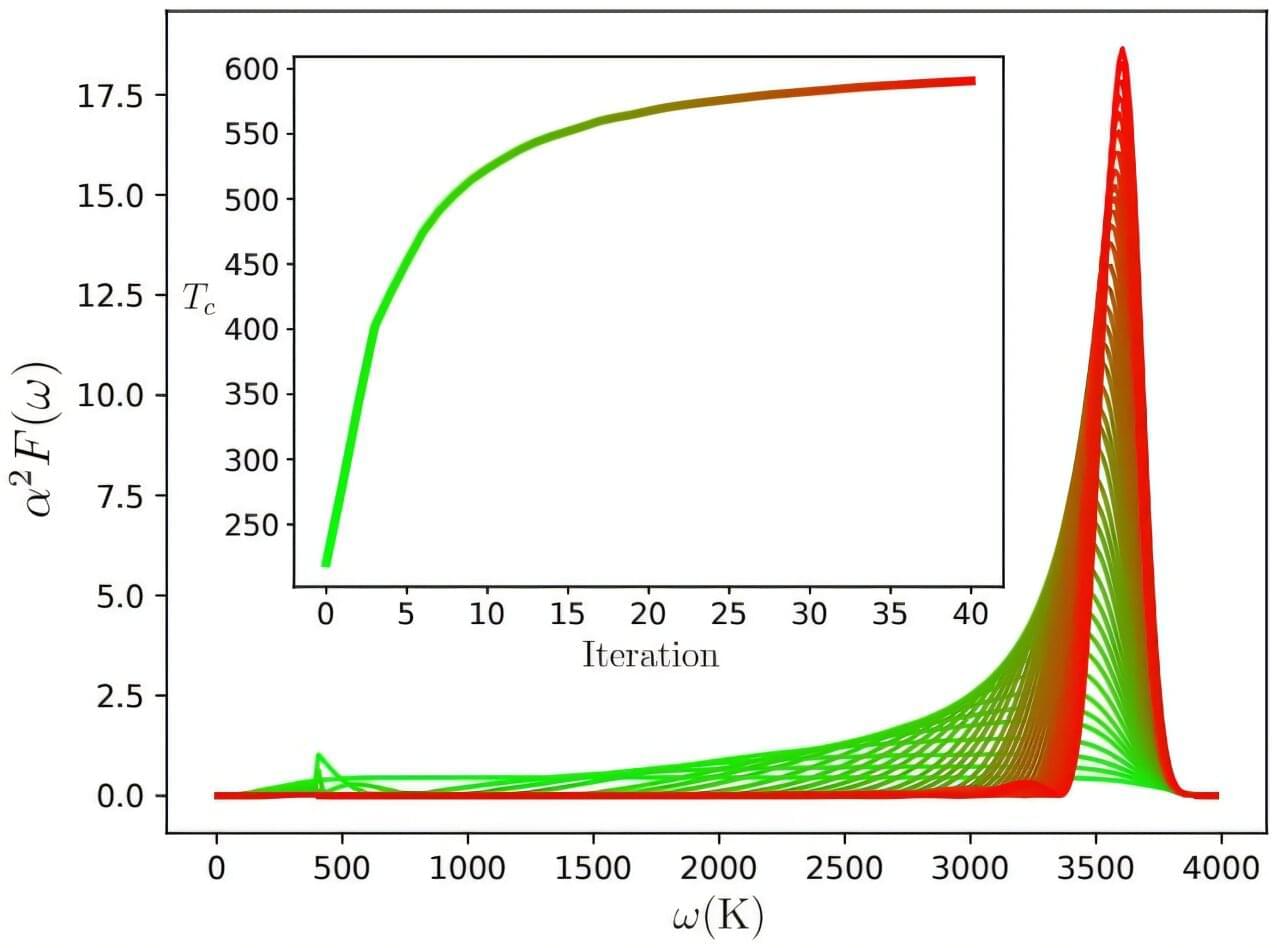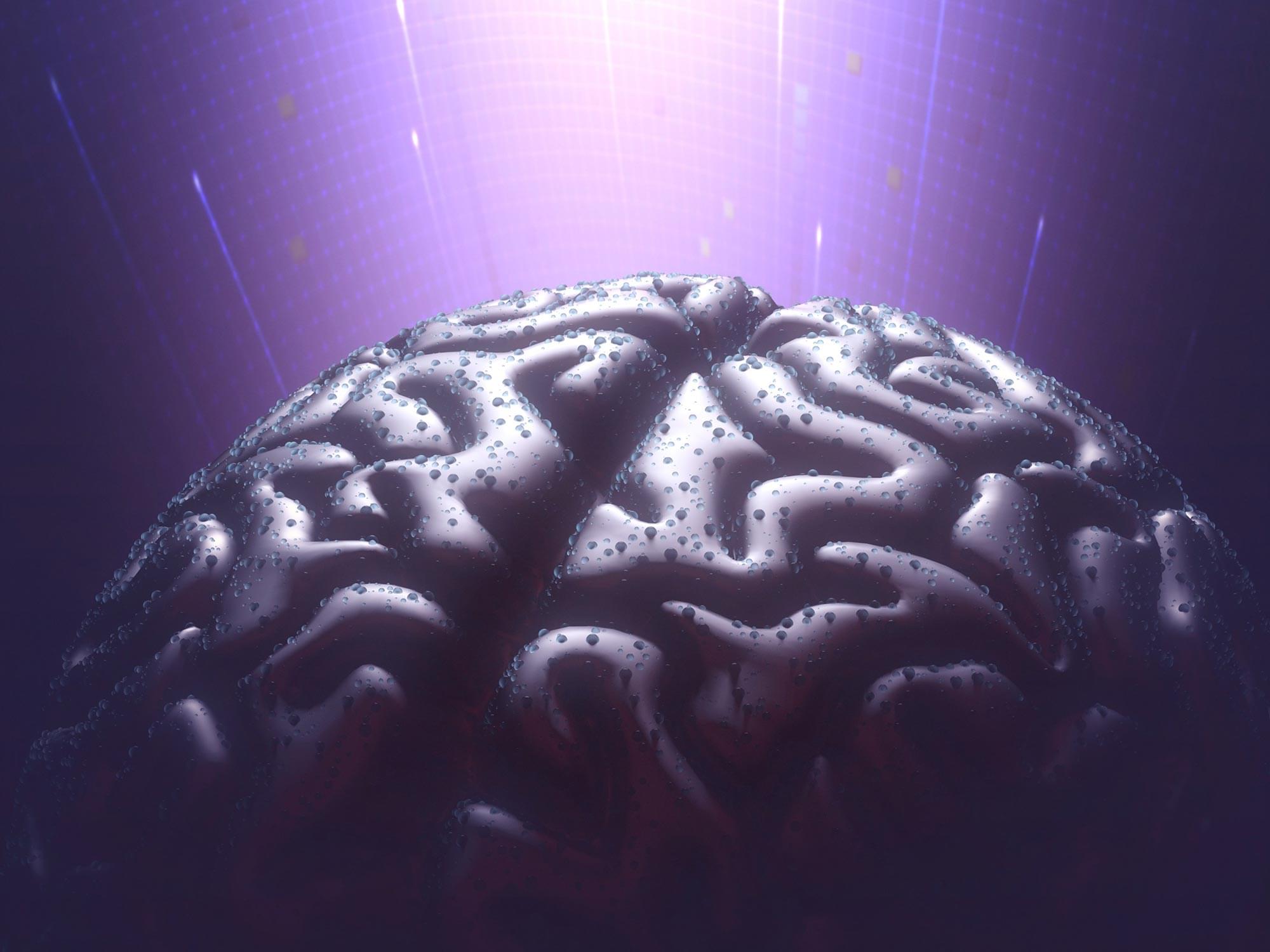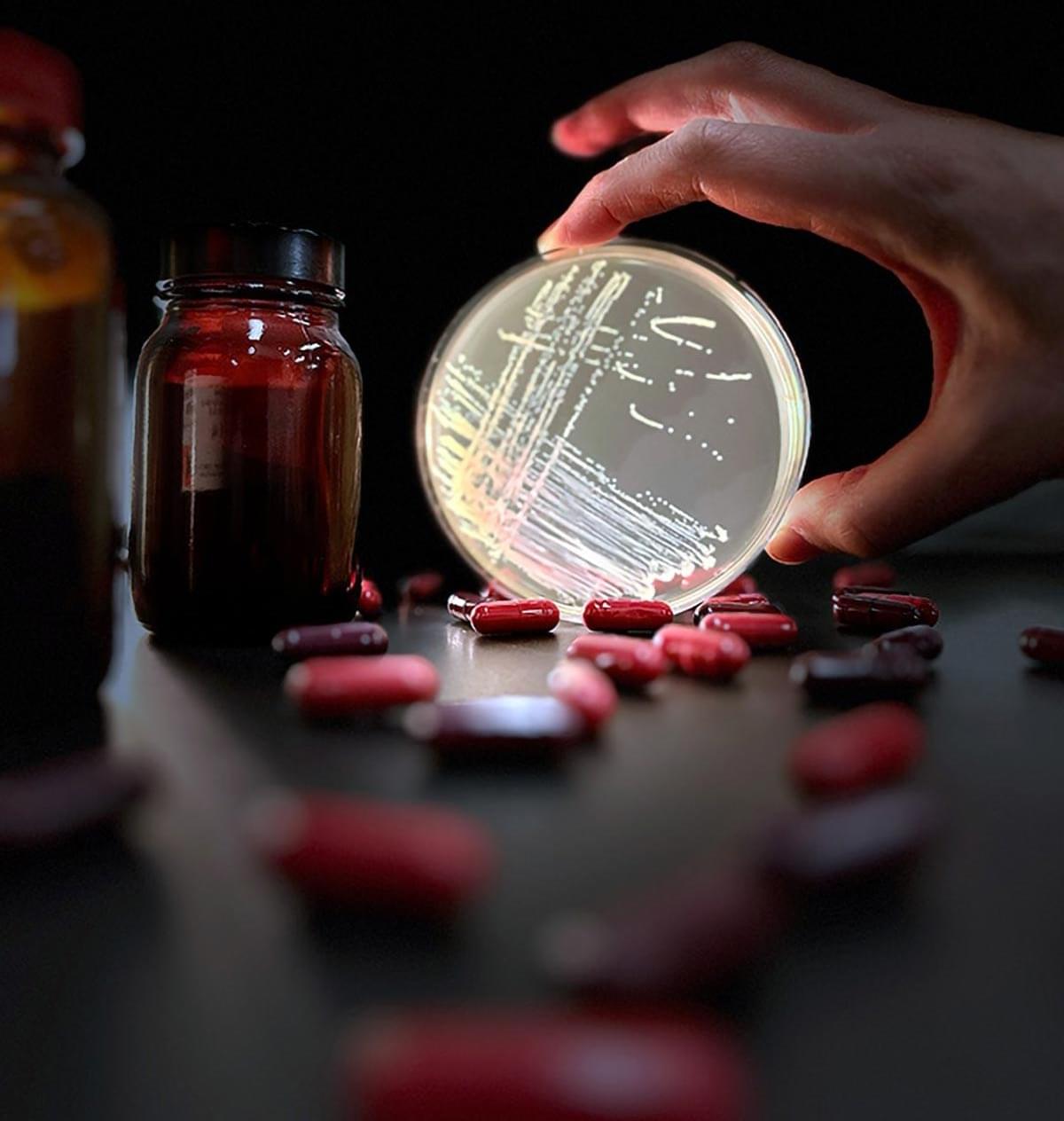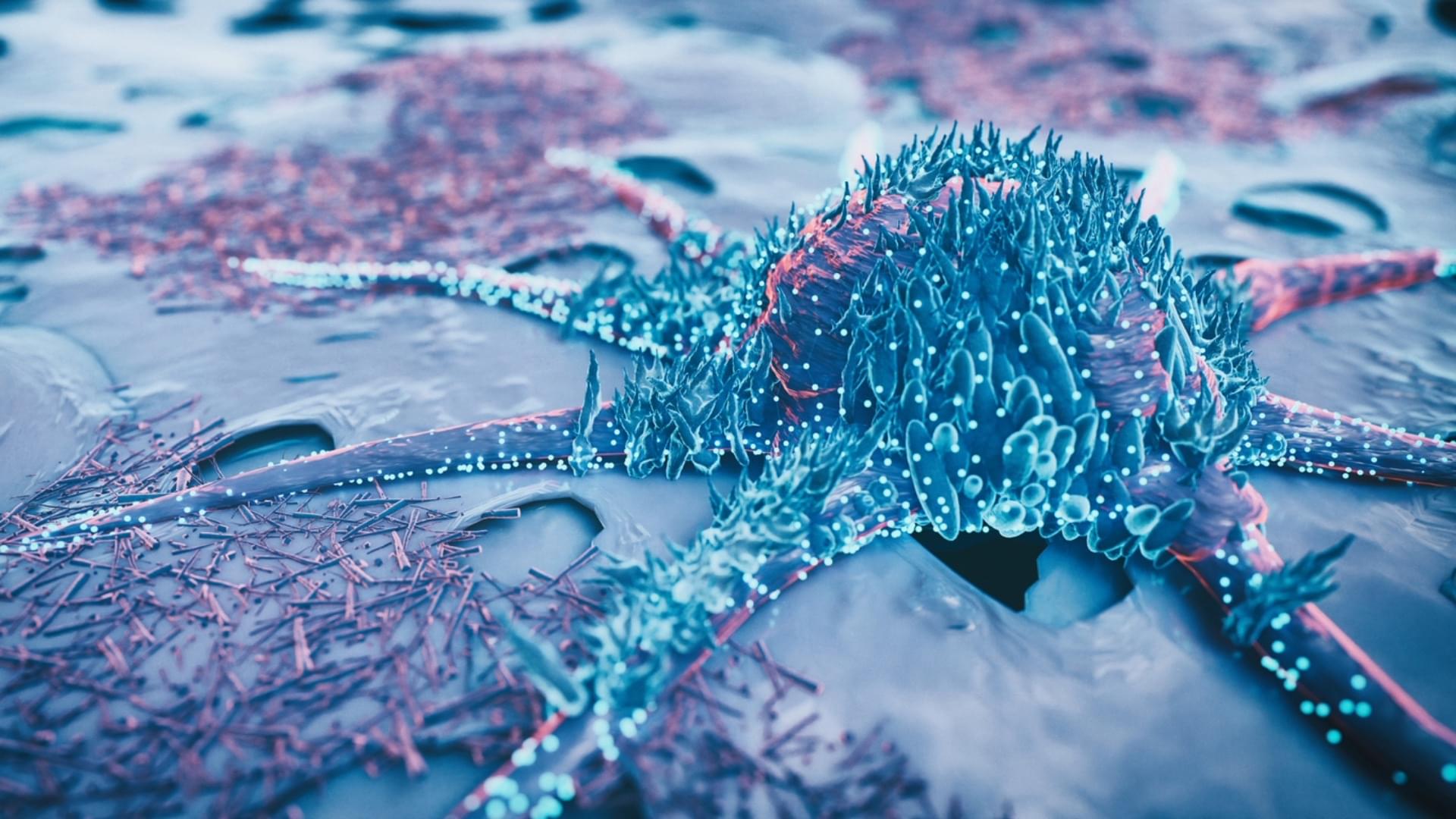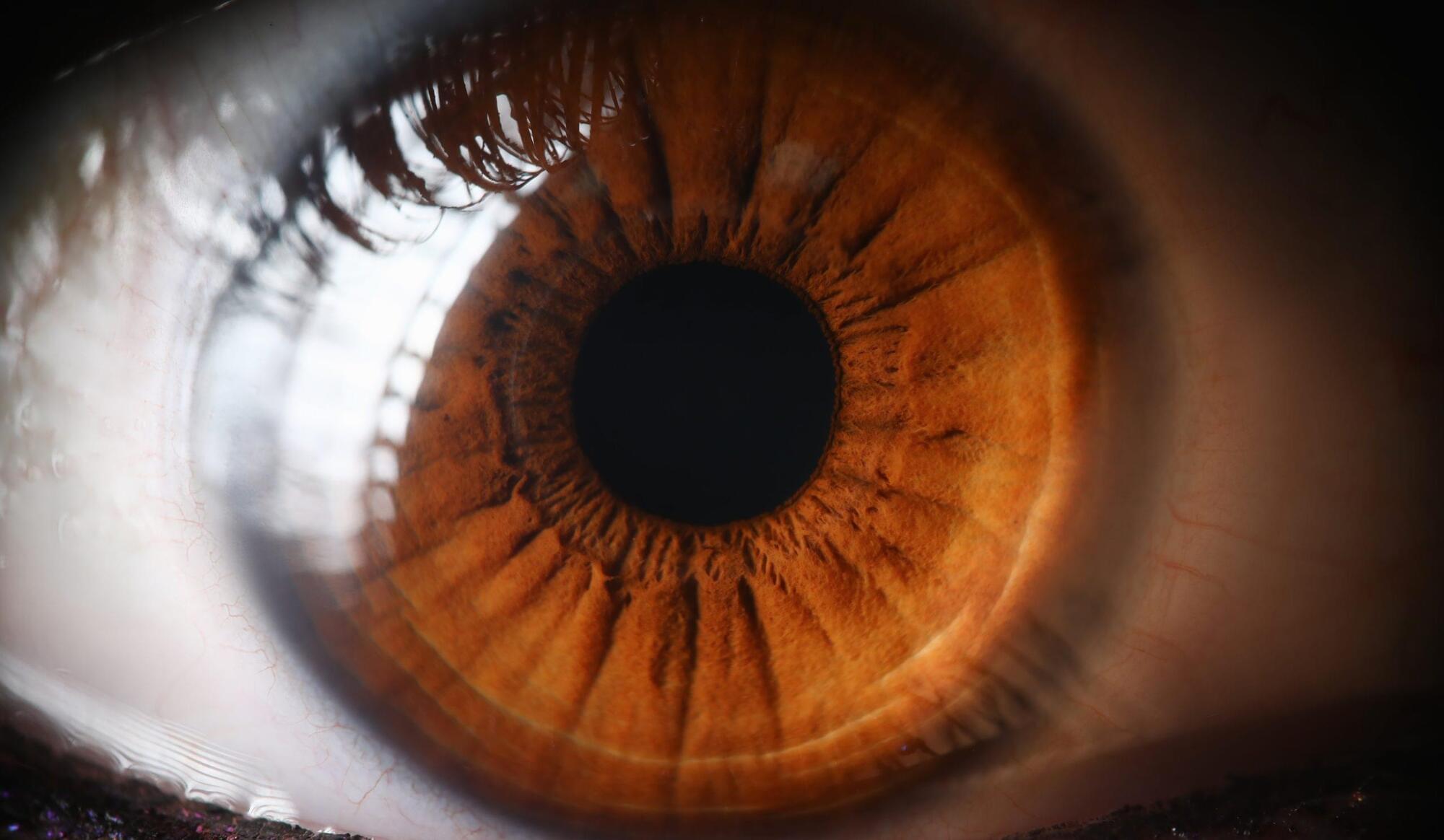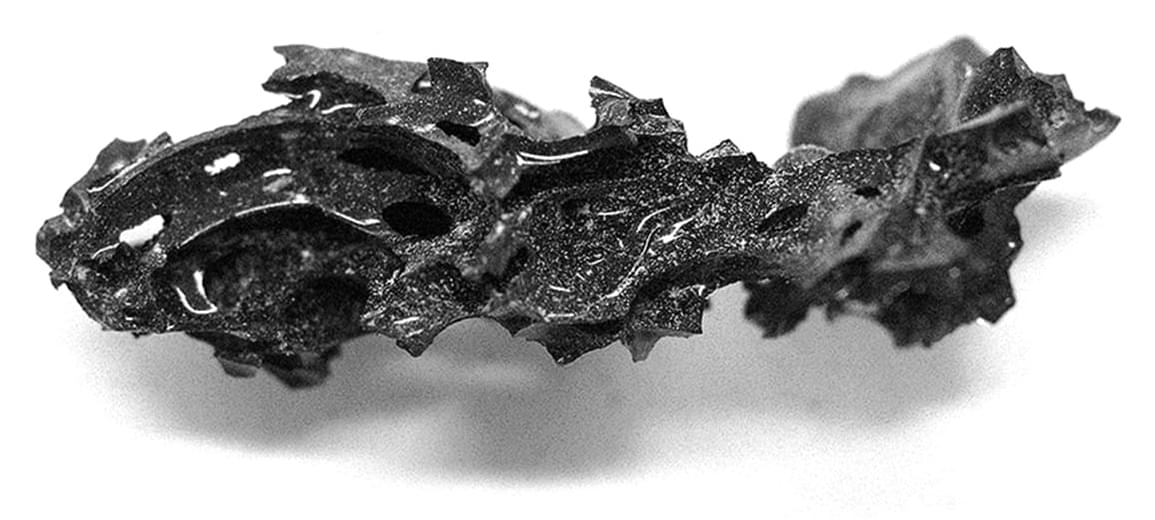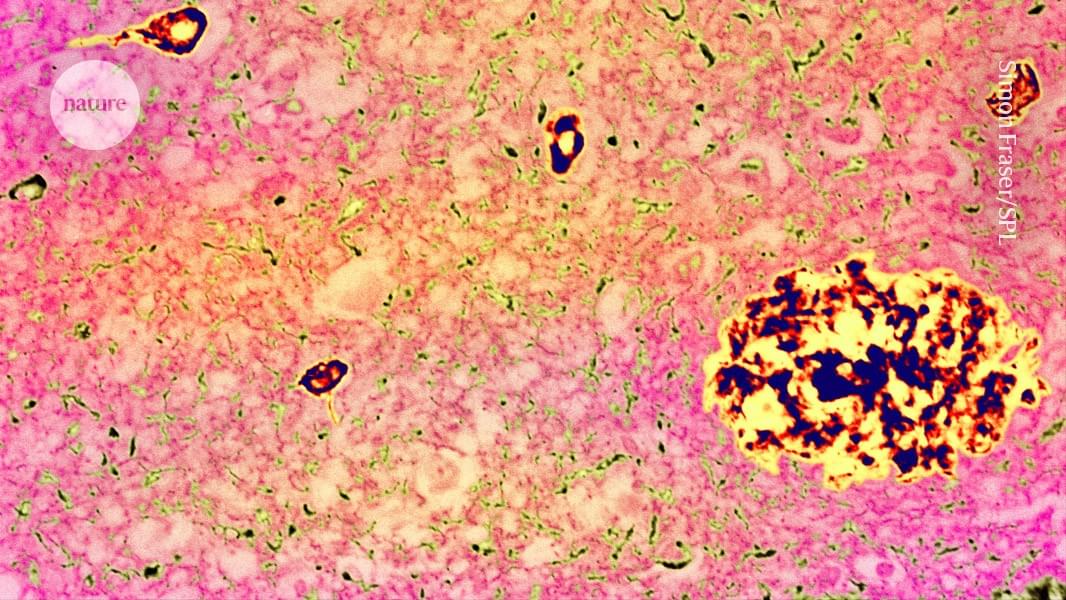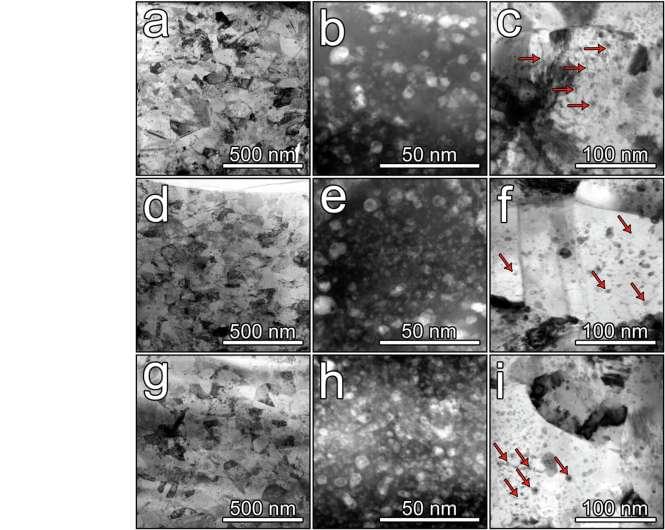In a new development that could help redefine the future of technology, a team of physicists has uncovered a fundamental insight into the upper limit of superconducting temperature.
This research, accepted for publication in the Journal of Physics: Condensed Matter, suggests that room-temperature superconductivity —long considered the “holy grail” of condensed matter physics—may indeed be possible within the laws of our universe.
Superconductors, materials that can conduct electricity without resistance, have the potential to revolutionize energy transmission, medical imaging, and quantum computing. However, until now, they have only functioned at extremely low temperatures, making them impractical for widespread use. The race to find a superconductor that works at ambient conditions has been one of the most intense and elusive pursuits in modern science.
